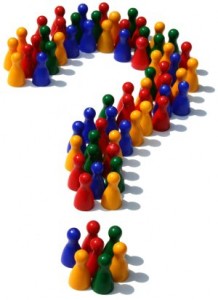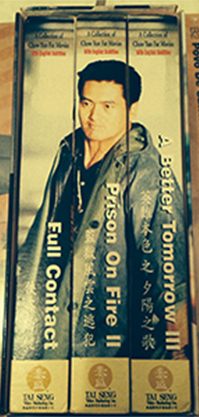Microsoft: Empowering the Digital World
Microsoft is a global technology company known for shaping the modern digital experience. From its iconic Windows operating system to the versatile Microsoft Office suite, the company has provided tools that support both personal productivity and enterprise innovation. Visit the official website at microsoft.com to explore its offerings.
Microsoft has also become a major player in cloud computing through Azure, and in business collaboration with Microsoft Teams. Its investments in artificial intelligence, gaming (via Xbox), and hardware (like Surface devices) reflect a broad vision for the future of tech.
Key Innovations by Microsoft
- Windows OS and Microsoft Office — foundational software for millions worldwide
- Azure cloud services — empowering digital transformation for businesses
- Xbox gaming platform — connecting entertainment and technology
- Surface devices — combining performance with sleek design
- AI integration and responsible innovation — shaping the future responsibly
With decades of experience and a continued focus on progress, Microsoft remains a leader in the global tech landscape.
This is a test article created for demonstration purposes in WordPress.




